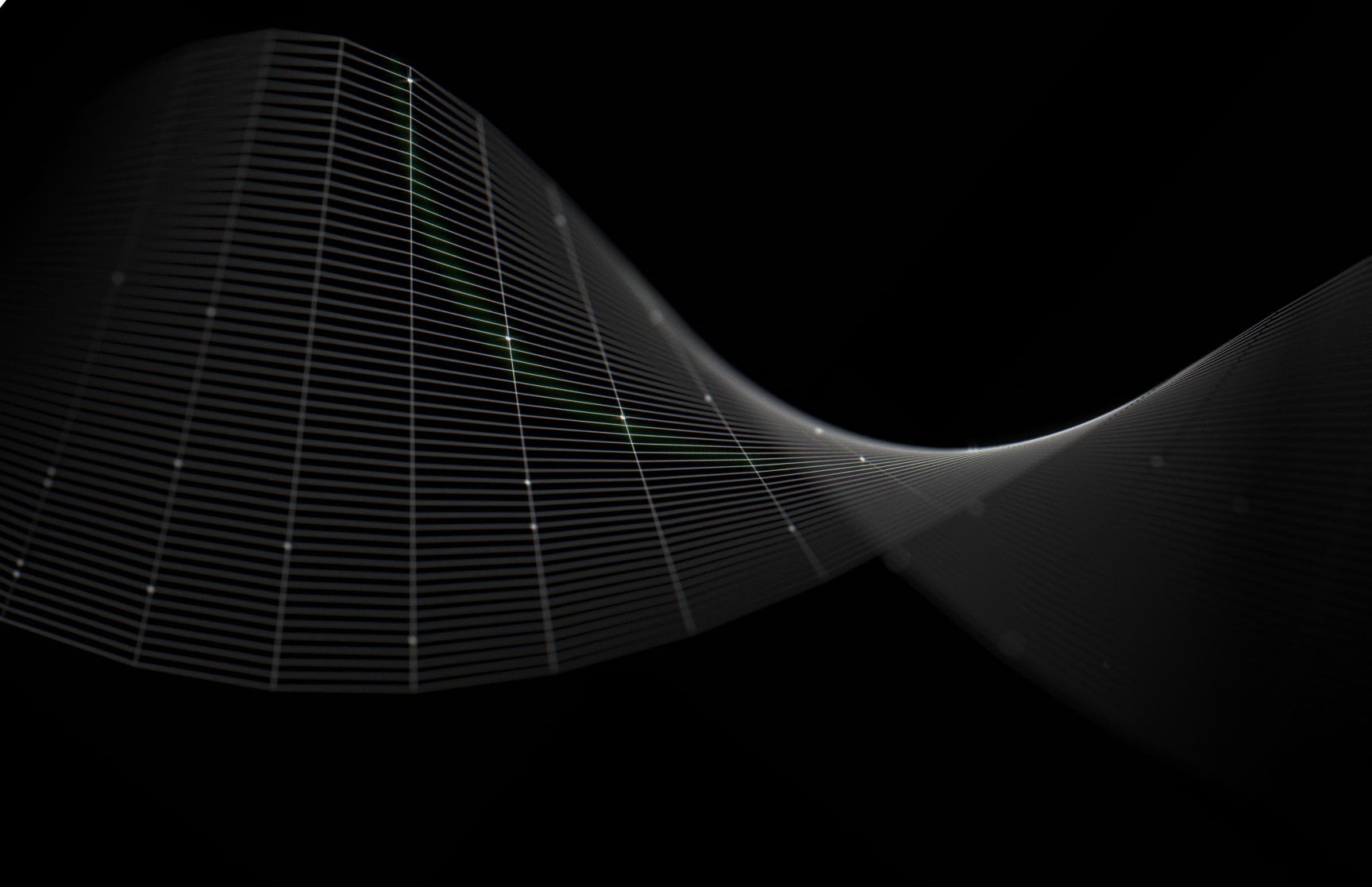The Invisible Forces Shaping Design: AI, Branding, and the Power of Visualization
Published on
Reading Time
4 mins
As a creative director and graphic designer, I’ve spent years crafting visuals that tell stories, evoke emotions, and solve problems. But lately, I’ve been thinking about two forces that are quietly revolutionizing the way we work and live: the rise of AI in graphic design and the subtle, pervasive power of branding and visualization. One’s a tool reshaping our craft; the other’s an unseen influence shaping our world. Together, they’re a game-changer for creatives and businesses alike.
AI: The Designer’s New Superpower
Let’s start with AI. If you’d told me a decade ago that I’d be collaborating with an algorithm to brainstorm ideas or refine layouts, I might’ve laughed. But here we are in 2025, and AI isn’t just a buzzword—it’s a partner. Tools like generative design platforms can churn out endless variations of a concept in seconds, freeing me to focus on the soul of a project rather than the grunt work. Need a mood board? AI can scrape inspiration from across the web and curate it faster than I can brew my morning coffee. Want to tweak a color palette across a dozen assets? Done in a blink.
But it’s not about replacing the human touch—it’s about amplifying it. AI handles the repetitive, the technical, the “what ifs,” so I can dive deeper into the why. It’s like having an assistant who never sleeps, doesn’t need lunch breaks, and can predict what a client might love before they even say it. For graphic designers, this means more time to experiment, to push boundaries, and to deliver work that’s not just functional but unforgettable. Businesses benefit too—faster turnarounds, bolder ideas, and designs that hit the mark without breaking the budget.
The real power of AI in design, though, lies in its ability to learn from us. The more I use it, the more it understands my style, my quirks, my vision. It’s not just a tool; it’s a mirror reflecting my creative instincts back at me, polished and precise. That’s where the magic happens—when technology and intuition dance together.
Branding and Visualization: The Unseen Puppet Strings
Now, let’s talk about something less tangible but just as potent: branding and visualization. We’re all swimming in it every day, whether we realize it or not. That logo on your coffee cup, the font on a billboard, the color of an app icon—they’re not accidents. They’re deliberate choices, engineered to stick in your brain and tug at your emotions. As a designer, I’ve always known this, but as a creative director, I’ve seen how deeply it affects businesses and people.
Branding isn’t just a pretty face—it’s a silent language. It’s the vibe you get from a company before you even read their “About Us” page. It’s why you trust one brand over another, even if their products are identical. Visualization takes it further, turning abstract ideas into something you can see, feel, and believe in. A well-crafted brand doesn’t just sell; it connects. It’s the difference between a customer who buys once and one who’s loyal for life.
But here’s the kicker: most people don’t notice it working. That’s the beauty of great design—it’s invisible until it’s gone. A weak logo or a cluttered layout? You’ll feel the disconnect instantly, even if you can’t pinpoint why. For businesses, this is make-or-break stuff. Strong branding and visualization build trust, spark recognition, and turn a product into an experience. Weak branding? It’s like handing out a blurry business card—forgettable and ineffective.
Where AI and Branding Collide
So, what happens when you pair AI’s efficiency with branding’s emotional pull? You get a powerhouse. AI can analyze trends, predict what visuals resonate with an audience, and even test how a brand identity performs before it launches. It’s like having a crystal ball and a design studio rolled into one. As a creative, I can use that insight to craft brands that don’t just look good but feel right—right for the client, right for their audience, right for the moment.
For businesses, this combo is gold. Imagine a small startup with a tight budget but big dreams. AI-driven design tools can help them punch above their weight, delivering a polished, impactful brand that rivals the big players. Visualization becomes less of a gamble and more of a science, backed by data but still fueled by human creativity.
The Takeaway
At the end of the day, design isn’t just about what’s on the screen—it’s about what it does to you. AI is rewriting how we create, giving us speed, precision, and possibilities we couldn’t dream of before. Branding and visualization, meanwhile, are the quiet forces steering how we connect, believe, and buy. Together, they’re not just shaping my work as a graphic designer and creative director—they’re shaping the world around us.
So, whether you’re a business owner dreaming up your next big thing or a fellow creative navigating this wild industry, here’s my two cents: embrace the tools, harness the invisible, and never stop designing with purpose. The future’s bright—and it’s beautifully designed.





